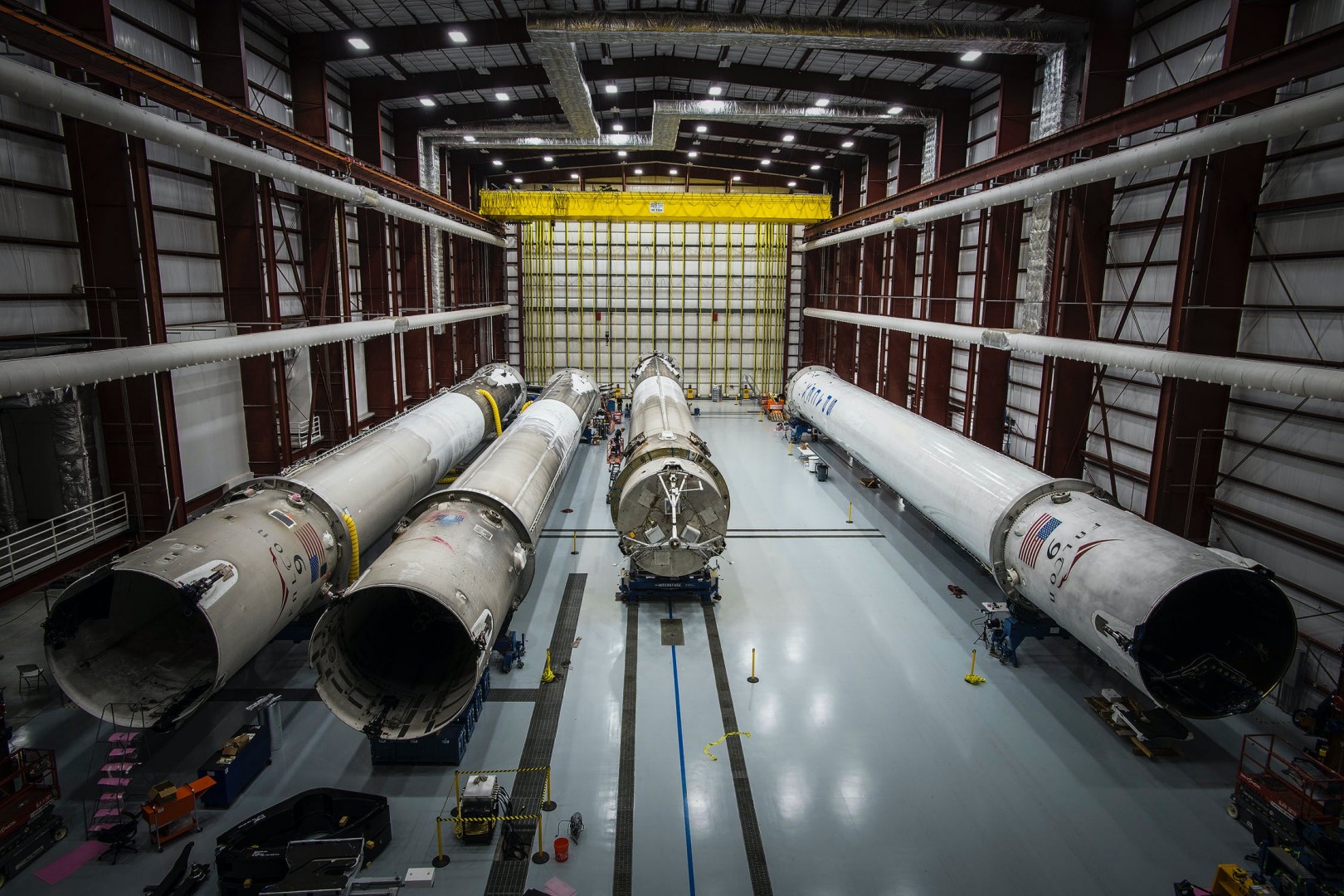Comments
- No comments found

If you want to innovate with a process or a service then try focusing on this word – rearrange.
Describe your current process as a series of steps. Draw them out as a block diagram. Now try moving the blocks around and see where this leads.
Ray Kroc delivered a major innovation with the concept of fast food at McDonald’s. The process steps for a conventional restaurant are something like this:
Kroc rearranged this process. The fast food model at McDonald’s is:
On-line check-in for flights is another example. Previously we went to the airport and stood in line to check in for our flight. Now the order is rearranged; we check in on-line at home and then go to the airport. By getting the customer to check himself in, time is saved and the process is improved.
Every process in your business should be examined and the question asked, ‘How could we rearrange this?’ Make a list of who does what tasks when. Then play around with possibilities. What if we did this stage earlier or later or not at all? What if we got the customer to do this part and a supplier to do that part?
For hundreds of years shops had the same process. The customer told the assistant what he or she wanted. The assistant fetched the goods. The customer paid for the goods and took them. Then in the 1920s Michael Cullen decided to rearrange the process. He asked, ‘Why not let the customer fetch the goods instead of the assistant.’ He created the world’s first supermarket, the King Cullen store in New Jersey.
The UK retail giant Tesco faced a challenge when it entered the Korean market. All the best retail locations were taken by the incumbent market leaders. Tesco took an innovative approach and rearranged the process. They rented space on subway walls and created virtual stores showing pictures of popular items with QR codes. Commuters waiting for their train home can select and order the goods they want using the camera on their mobile phones. When they arrive home the goods are delivered.
There is scope for innovation in every process; even such a well-established process as shopping. Take a good look at your processes. Apply the verb rearrange in an imaginative fashion. It might lead you to create an innovation as dramatic as fast food or the supermarket.
Paul is a professional keynote conference speaker and expert facilitator on innovation and lateral thinking. He helps companies improve idea generation and creative leadership. His workshops transform innovation leadership skills and generate great ideas for business issues. His recent clients include Airbus, Microsoft, Unilever, Nike, Novartis and Swarovski. He has published 30 books on lateral thinking puzzles, innovation, leadership and problem solving (with over 2 million copies sold). He also acts as link presenter at conferences and facilitator at high level meetings such as a corporate advisory board. He has acted as host or MC at Awards Dinners. Previously, he was CEO of Monactive, VP International of MathSoft and UK MD of Ashton-Tate. He recently launched a series of podcast interviews entitled Insights from Successful People.
Leave your comments
Post comment as a guest